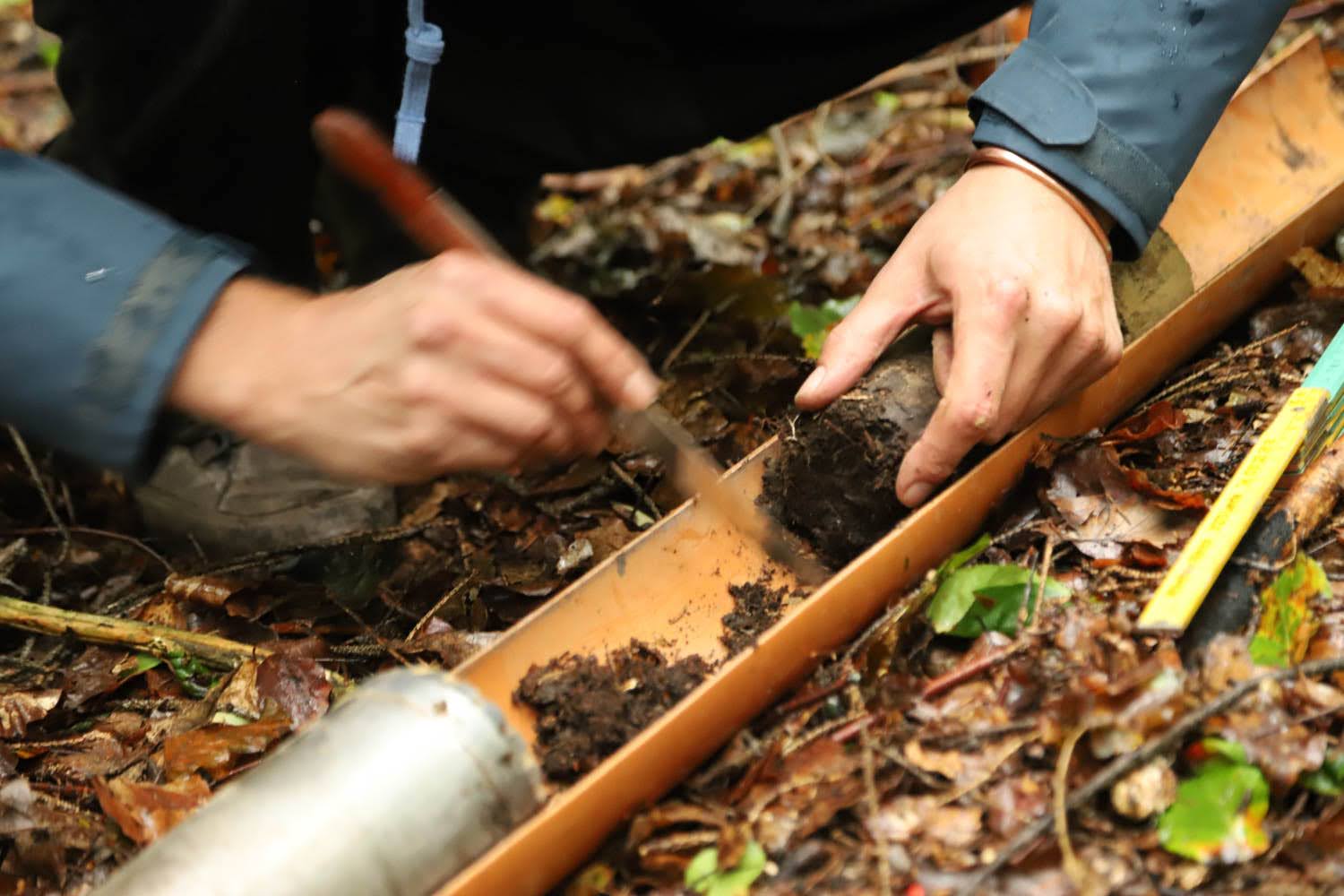From this summer on, our experts have been collecting data in the forest. Why is this data collection important? And what do we sample exactly?
Primary and old-growth forests in Europe, although occupying a very limited area, are irreplaceable in harbouring biological diversity, stabilising terrestrial carbon storage, regulating hydrological regimes, enabling ecosystem adaptation to disturbances, and public health benefits.
The European Union aims to strictly protect all old-growth forests by 2030. However, no European-wide standard to assess the level of old-growthness exists.
The Life Prognoses project develops, tests and evaluates a set of indicators of old-growthness. Moreover, the differences between managed and unmanaged forests in the quality of delivered ecosystem services will be investigated.
The test sites for the old-growth indicators and ecosystem assessment comprise a specifically selected set of component parts and adjacent buffer zones of the World Heritage site “Ancient and Primeval Beech Forest of the Carpathians and Other Regions of Europe”, covering the wide range of managed and unmanaged beech forest types and biogeographical zones.
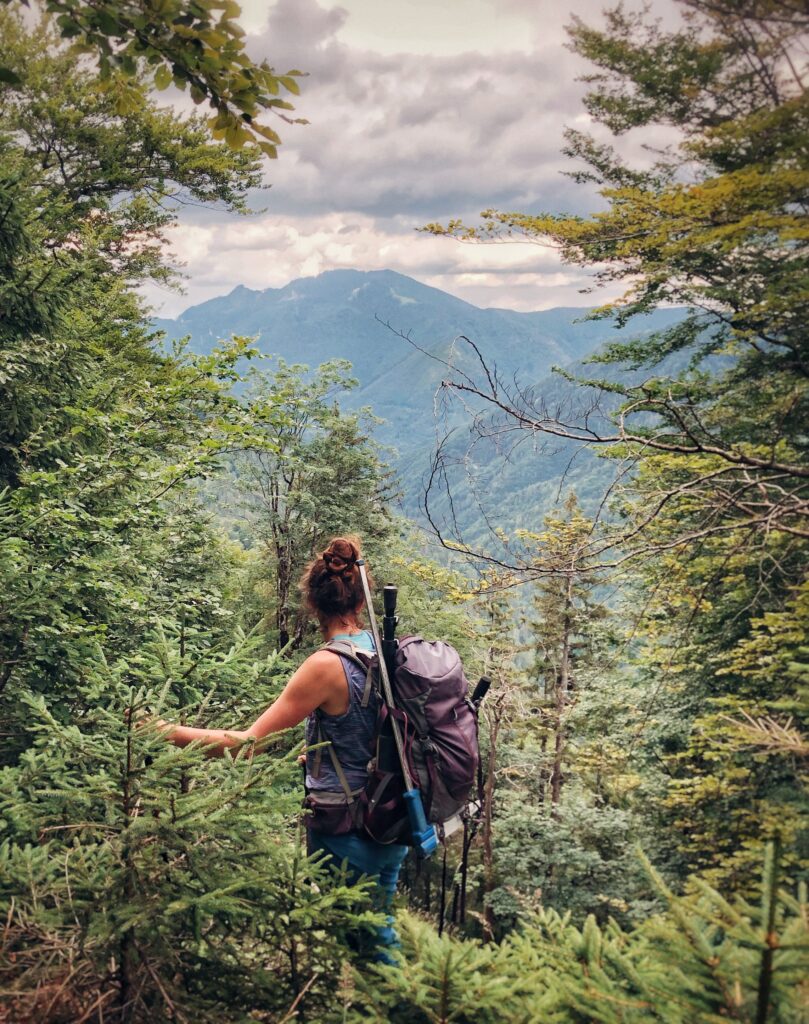
How do we assess whether a forest can be called an old-growth forest?
Based on the literature on old-growth forest indicators, a set of parameters have been selected. For more details, you can check the PROGNOSES report on old-growth definitions and indicators.
Some of the structural features being measured are canopy cover and layering, biomass, tree species composition, presence of very large trees, quantity and qualities of lying and standing deadwood and presence of tree-related microhabitats.
For assessing the indicators, sites in different biogeographical regions were chosen:
• Atlantic region: the Sonian Forest in Belgium.
• Alpine region: National Park Kalkalpen in Austria, Krokar & Snežnik Zdrocle in Slovenia, Central Balkan National Park in Bulgaria, and Chornohora in Carpathian Biosphere Reserve in Ukraine.
• Continental region: National Park Hainich and Kellerwald National Park in Germany.
• Mediterranean region: Abruzzo National Park in Italy
Based on the measurements, threshold and reference values can be derived for different climatic and edaphic (regarding the soil) contexts. For example, in high mountainous regions, trees tend to remain smaller due to climatic conditions. In this case, the threshold value and density of very large trees will be lower. At the same time, there might be an abundance of cavities in the trunks, and high coverage by epiphytes (plants that grow on other plants, often trees, without adversely affecting them), resulting in high scores for the indicators on tree-related microhabitats.
The use of multiple indicators allows accounting for the distinct manifestations and levels of old-growthness.
How will we investigate the differences in microclimatic effect between managed and unmanaged forests?
The climate in a forest undergoes less extreme and less rapid shifts compared to areas without forest cover. In comparison with the urban or agricultural area, the average temperature is significantly lower in the forest on a hot summer day, and higher in cold periods during the winter months.
On three test sites in German UNESCO beech forests, our colleagues from Eberswalde University have been measuring these temperature differences on gradients covering open land, forest edges, managed forests and set-aside beech forests. The measurements are continued for several months during spring, summer, and autumn, with the help of temperature data loggers. Based on the results, we will be able to assess the effect of forest cover and forest size and see if there are significant differences between the set-aside forest patches and the managed forest.
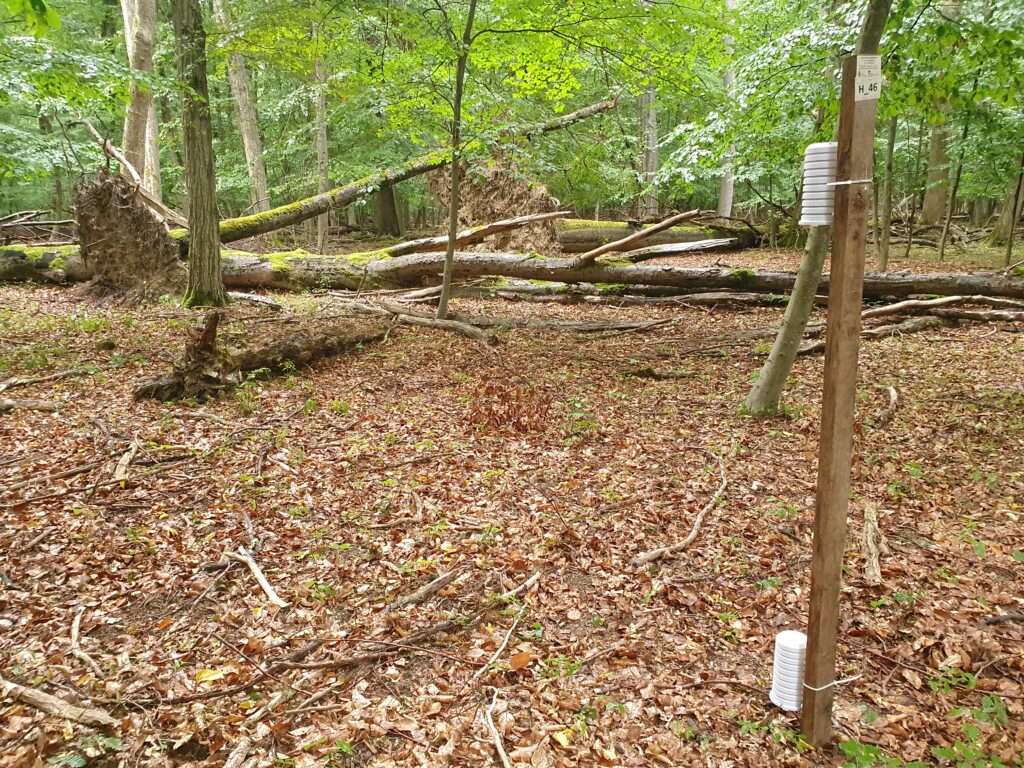
How do we assess the differences in carbon storage between managed and unmanaged forests?
The carbon stock is the amount of carbon a forest stores in its aboveground and belowground biomass, and soil. The carbon in the aboveground biomass of unmanaged forests will be compared to managed forests based on the data collected for the old-growth assessment. This will result in tree volumes per ha. To transform this data into carbon stocks, wood density has to be taken into account. This can be done by taking tree cores, very thin cylinders reaching the core of the trunk on which all year rings are visible. To compare the belowground carbon stock between managed and unmanaged forests, soil samples of different soil layers are taken and analysed for organic carbon content.
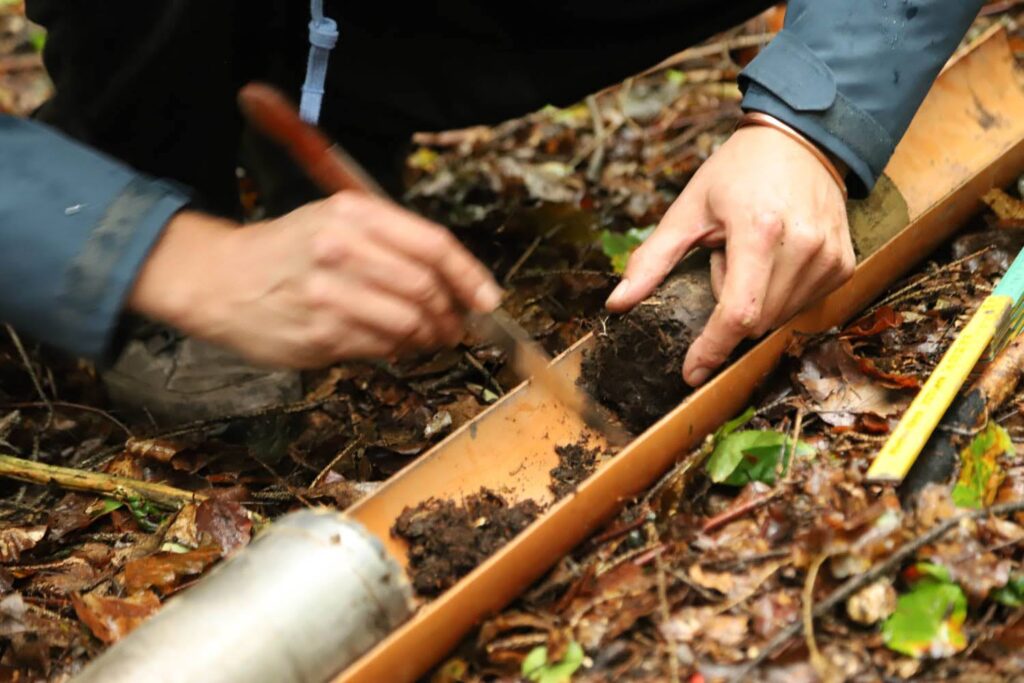
How will we investigate the differences in biodiversity between managed and unmanaged forests?
Direct assessment of species richness is time-consuming and requires the involvement of a large group of specialists. Moreover, they are often incomplete (due to sampling limitations) or focused on a limited set of species groups. Therefore, indirect assessments of biodiversity are often applied. Species richness is strongly correlated with the variety and density of available habitat structures. Examples of specific habitats are lying and standing large trunks or cracks and cavities in the trunks of trees. Instead of directly measuring the species richness, we combine data on stand structure and microhabitats as “proxies” (a measurable variable that allows estimating the value of another, strongly correlated variable) for potential species richness in paired comparisons of adjacent managed and unmanaged forest stands.

How will we estimate the added value an old-growth forest can signify for the visitors?
Tourism and recreation are considered ecosystem services as well. To estimate the value of forest in this sense, approximation methods are used such as the “willingness-to-pay”, or the “travel-distance-method”. These are assessed based on visitor interviews. Based on several questions and scenarios the visitors can express their appreciation for a certain type of forest in a systematic and quantifiable way. More than 600 visitors and tourists were interviewed in this way at National Park Abruzzo in Italy, National Park Kalkalpen in Austria, and the Sonian forest in Belgium. Besides the research purposes, taking the interviews also showed to be an effective way of getting into contact with the visitors for scientific outreach, as well as being informed about their views on the forest and their preferences.
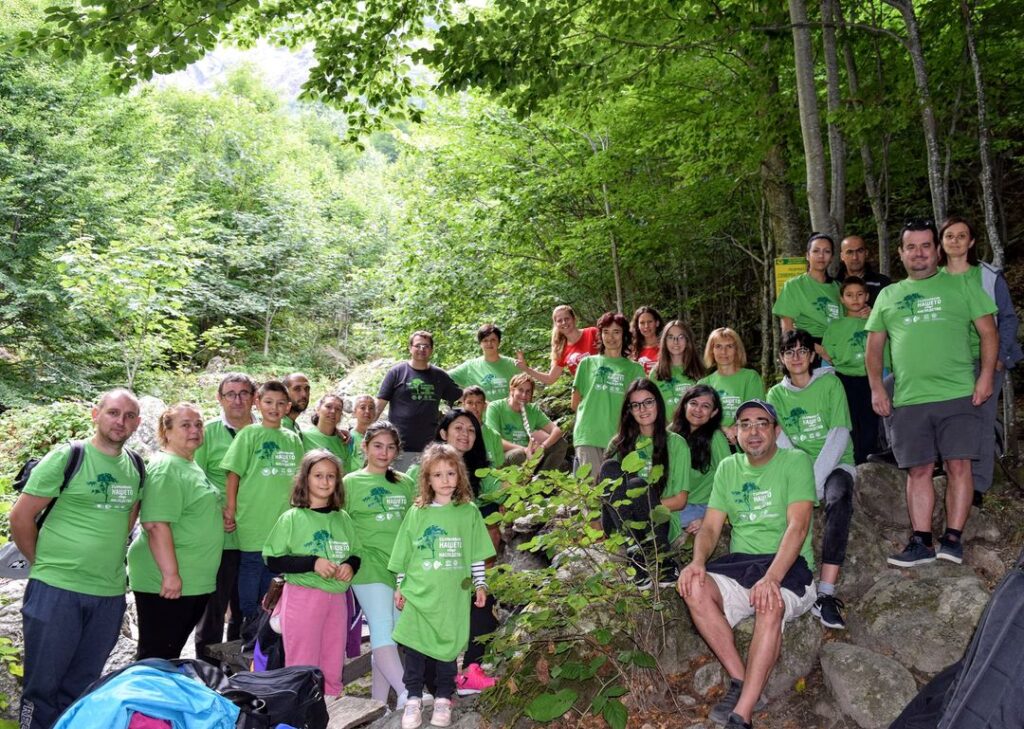
What comes next?
The collected data will be organised in a central database and analysed. Through the analyses, information about the characteristics and importance of old-growth forests will be extracted. This way the answers to questions such as “Is there a significant difference between managed and unmanaged forests in terms of recreation?” or “Which indicators of old-growthness perform well in mountainous areas?” can be provided. The analyses will be performed in 2023 and 2024. By June 2024, the results of our research will be available.
